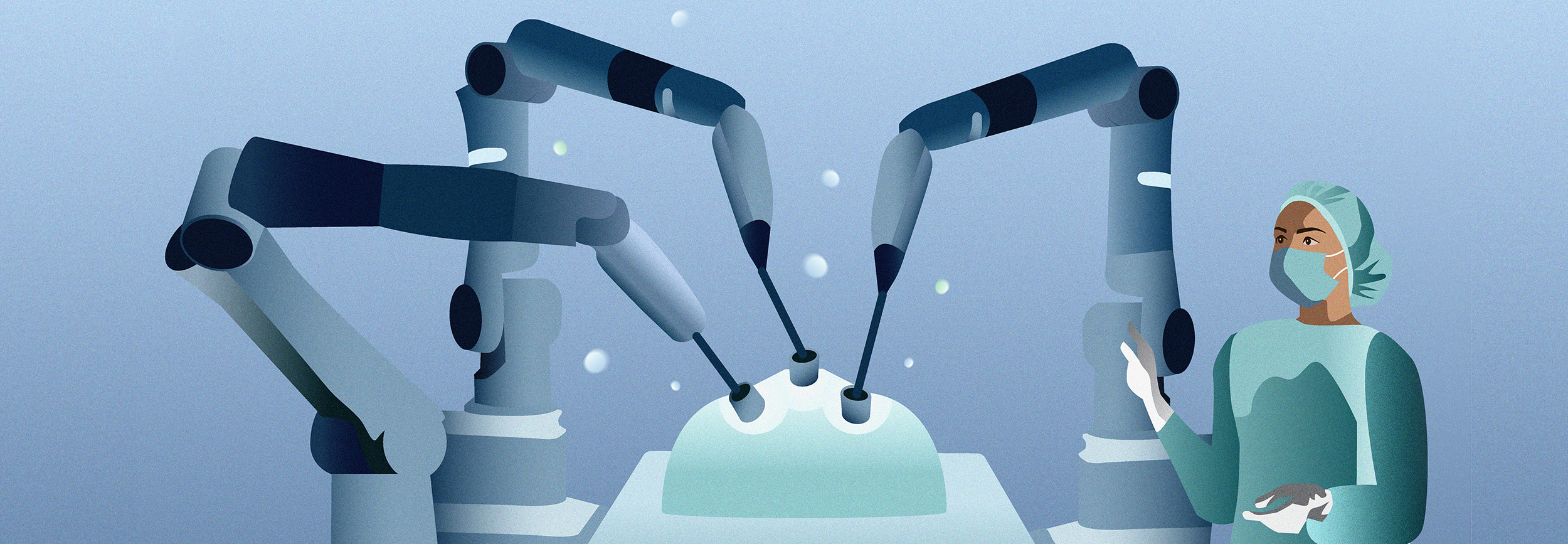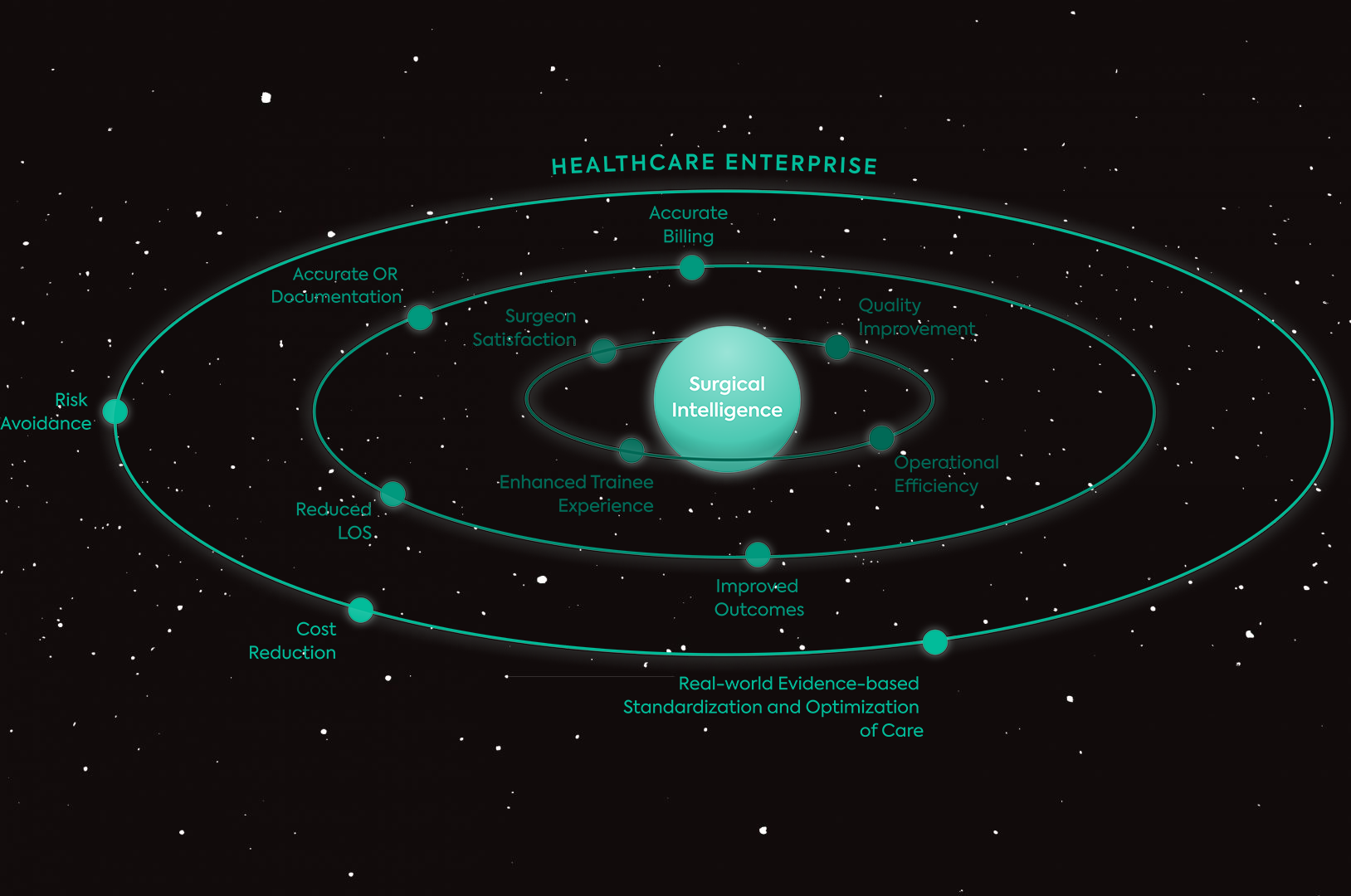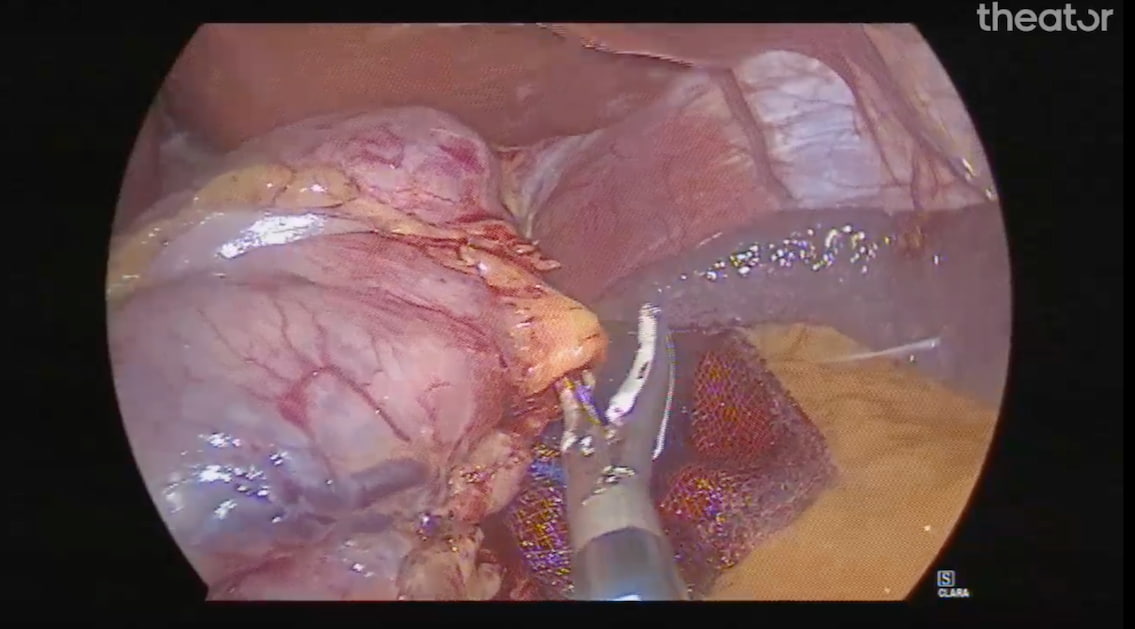Three Benefits of Recording Surgical Videos
Intraoperative video recording is quickly becoming the standard of care across surgical specialties, and with good reason. Recorded surgical videos are a valuable educational tool for trainees and experienced surgeons alike and improve the transparency and quality of care provided in the OR. Let’s take a deeper look at what this means for day-to-day surgical practice and patient outcomes.
1. Recording Surgical Video Provides More Transparency
Improving transparency regarding surgical practices is important for both surgeons and patients. Patients experience anxiety about undergoing surgery and are interested in understanding what happens when they are under anesthesia.
For surgeons, having recorded surgical video available for review is an invaluable tool for managing postoperative patients. One surgeon whose hospital has been automatically recording all surgical video for over a decade described a patient who had undergone emergency surgery the night before, but was worsening the next day.
Upon review of the recorded surgical procedure, it was noted that a small bowel perforation was missed the prior night. Without the benefit of recorded surgical video, determination of the cause of the patient’s worsening would likely have taken much longer. A study of recorded bariatric surgeries found similar benefits in identifying postoperative complications by reviewing recorded surgical video.
Notably, the surgeon mentioned above also reported there were “three or four” instances of recorded surgical video being submitted for legal cases over the decade since they began automatically recording. In each instance, the case was settled in favor of the hospital.
2. Recorded Surgical Footage Can Be Used For Training & Education
Recorded surgical video provides the opportunity for trainees to gain exposure to exponentially more surgical procedures than they are otherwise able to by only attending procedures in person. Surgical residents with access to recorded surgical videos report accessing them to prepare for upcoming cases, improve their surgical anatomical knowledge, and review cases in which they participated to solidify their skills.
Importantly, the use of surgical video to prepare for surgical cases has been associated with a decreased procedural error rate when performing the procedure that was studied. Taking recorded video to the next step in surgical training, cases performed by residents that are recorded can later be reviewed by multiple surgeons for feedback and evaluation.
The educational benefits of recorded surgical video don’t end with trainees. Even experienced surgeons benefit from refining and continuously improving their skills, and studies suggest that self-evaluation is not the best method of skills assessment. The objective data provided by surgical video recordings can provide the necessary data for surgeons to make actionable changes.
3. Surgical Video Provides Information Needed For Quality Improvement
The bottom line is that surgical video recordings are enormous sets of data that provide otherwise unavailable information about what occurs in the OR. For surgeons and hospitals looking to improve the quality of care they offer, recording surgical video is the first step in gathering the data needed to do this.
Consider the current use of patient outcomes to drive quality improvement initiatives. Without intraoperative data, how can a link (or lack thereof) between what happens in the OR and patient outcomes be established? Often, it cannot.
In this realm, there is an opportunity to pair recorded surgical video with AI technologies to gain deeper insight into practice variability and surgical outcomes than is possible with manual review alone, which is inherently limited by time and cost restraints.
AI tools paired with surgical video recording can identify steps in a surgical procedure, offer suggestions for clinical decision making, and enhance intraoperative diagnosis. The integration of such tools into everyday surgical care provides the specific feedback needed to improve patient outcomes.
Why Aren’t All Surgical Videos Recorded?
Simply put, automation is the key to success with surgical video recording. Without automation, surgeons are unlikely to remember to manually record each procedure they perform when it involves an additional step to everything else they are doing to prepare for a case. Investing in a technology that offers automatic recording is an essential step in collecting surgical data and improving outcomes.
Failing to Record Surgical Video Leaves Valuable Data on the Table
If your institution isn’t currently recording all surgical procedures, you are lacking a large and essential data set that can be used to improve quality, transparency, education, and patient outcomes. Especially given that video is already used regularly in laparoscopic and endoscopic procedures, integrating software that automatically records video from tools already in use is a simple step that can result in a great leap forward in your institution’s technological, safety, and quality capabilities. Knowledge is power, and recorded surgical video gives your institution the power to create a culture of continuous improvement that benefits patients and surgeons.
Considering AI in your operating room? Get our AI Technology Evaluation Checklist:












